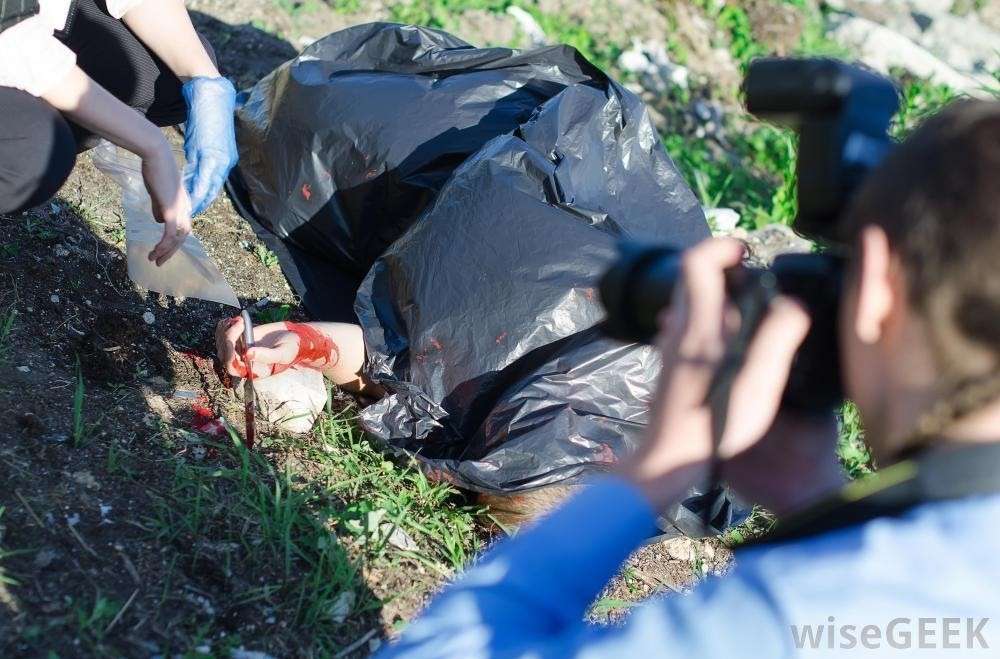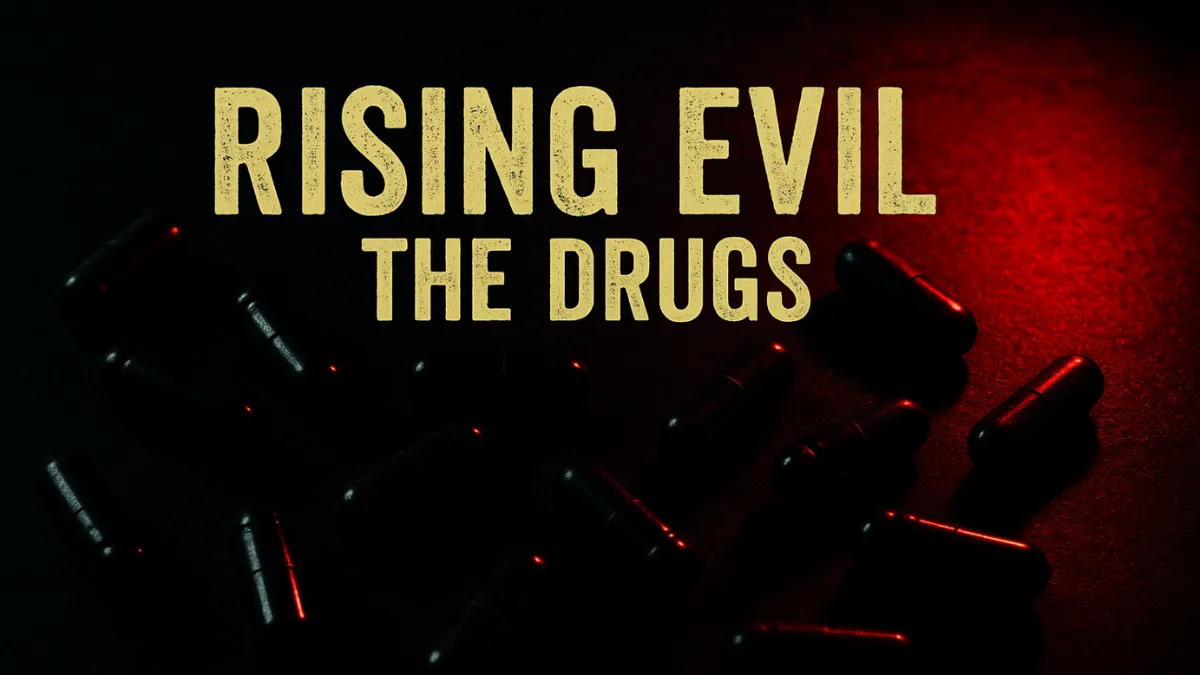Last Updated on November 25, 2021 by Nyayik Vigyan
There are many methods of solving crime. Forensic Photography plays a vital role in solving a crime or narrowing down the investigation. Reproduction and reconstruction of the crime scene have an aspect to solve the crime. When a crime occurs and there is a crime scene, one of the first things that must have done is to take pictures of the actual crime scene even before the evidence is even touched. It forms a permanent visual record of the crime scene. The first use of forensic photography was in the nineteenth century by Alphonse Bertillon. This makes him the first forensic photographer. Forensic photography helps the investigator to solve or prevent crime or any further tampering of evidences from the sealed scene of the crime by the accused or any suspect and exonerate the innocent. It can also capture evidence that can’t physically be collected. The crime scene is photographed to minimize the risk of conflicting statements. Attempting to decipher numerous photography evidence taken at the crime scene presents a multitude of questions and, through investigating the answers, helps to reach the suspect. A forensic photographer must photograph everything, in case it will need to be used as evidence in court. All the photography must take place before the evidence has the chance to be disturbed.
Factors to consider include identification, background lighting, color, scale, perspective, orientation, cropping, case number, evidence number, north indicator, etc. Once a crime scene has been established, it is important that all evidence is collected, categorized, and recorded for further reference. This task is normally performed by the crime scene officer and is carried out using a variety of methods. The means by which crime scenes are photographed are such that the most intricate details can be recorded and there are many types of lens, camera, and indeed light that can be used for this purpose and even light that can be used in certain scenarios. Basic steps include securing the incident scene, evaluation of conditions, shooting the scene, photographing the victims, photographing critical victims later, capturing the evidence by placing evidence marker, re-shoot for new evidence, imaging and lighting techniques setting include a macro lens, micro-lens, alternate light sources, oblique angle lighting.
All crime scene photograph photographs must contain three elements: the subject, a scale, and a reference object, and also overall forensic photography must be shown a neutral and accurate representation. Required equipment for photography include:
- Camera: The crime scene photographer uses a high-quality digital camera or 35mm camera.
- Normal lens: It provides the best perspective. 55mm lens is considered a normal lens for a 35mm camera.
- Wide-angle lens: It is needed when photographing small rooms or other space constricted areas. A 28mm lens is considered a wide-angle lens for a 35mm camera.
- Close up lens: close up accessories include 1:1 adapter, extension tubes, bellows, reversing rings or close up filters.
- Filters: A polarizing filter is often needed for photographing through the glass and into water. Coloured filter is useful for some types of evidence with black and white films.
- Electronic flash: It provides additional light that is often needed when photographing indoors, outdoors at night, filtering in shadows in bright daylight scenes and lighting evidence.
- Tripod: Tripods are necessary to steady the camera for long exposure and for positioning the camera during certain types of evidence photography.
- Film: Medium-speed color print film is most often used for crime scene photography. Black and white film is used for a certain type of photography.
The forensic photographer starts by taking overall overviews of the scene, providing a context, and they slowly move in to take midrange shots and closeups of specific areas of interest. They must frame images carefully to retain relevance and scale, and they may include evidence of markers, rulers, and other tools to provide context and references. Crime scene photographers try to work without disturbing the scene so that detectives can see an untainted scene, and they also document the investigation of the crime scene, including the tagging and removal of evidence. Certain factors are necessary to yield proper photographs. They are:
- Shutter
- Aperture
- Camera International Standards Organisation (ISO)
- Flash or external light source
- Depth of the field
- Exposure
Types of photography include:
- Surveillance: photographing in secrecy of person, activity, or location.
- Mobile: taking a picture from a mobile phone using inbuilt features such as wide-angle mode, panorama, etc
- High dynamic range: Zoom lens, Ultra-wide-angle lens is used. It reproduces a greater dynamic range of luminosity.
- Macro-photography: macro-lens is used.
- Micro-photography: micro-lens is used.
- Infrared photography: IR filter through a narrow aperture, slow shutter speed is required. Biological waste such as urine, blood and sperm can also be seen despite being invisible to the naked eye.
- Ultraviolet photography: By using light from UV spectrum, 2 types: 1) Reflected UV 2) Induced fluorescence photography. Bruises, tattoo marks, etc can be revealed.
Crime scene investigators rely on forensic photos to continuous investigate the crime. Sometimes they can get narrow the investigation by seeing crime photos. It will refresh the memory of the investigator by seeing the photos of crime. It is important for showing a jury the same thing so that they can have more of a feel for what the evidence looked like at the crime. The photographer must be able to use the best photographic techniques in order to obtain the result. Investigators are finding new ways to use photography both as a tool for investigation and as a means to record data quickly. Photography can produce evidence much faster and evidence produced is unbeatable and beyond any doubt.
References
- S.L. Weiss Forensic Photography: Importance of Accuracy Prentice-Hall (2019)
- A Simplified Guide to crime scene photography National Forensic Science Technology NFSTC Science Justice 7881 114th Avenue North Largo.
- Richa Rohatgi and A.K. Kapoor “Importance of still photography at scene of crime: A Forensic vs. Judicial Perspective”
- Balaji N, Senapati S, Sumanthi MK. Forensic digital photography: A review. Dent Med Res. 2014;1; 1:132-5.
- “Evidence photography- At the crime scene” 2014 from the book Crime Scene and Evidence Photography, 2nd edition.
- Sofia Gouse, Shyamala Karanam, And Sanjay Murgod “Forensic photography prospect through the lens”
- www.wisegeek.com/what-is-crime-scene-photography.htm









Leave a Reply